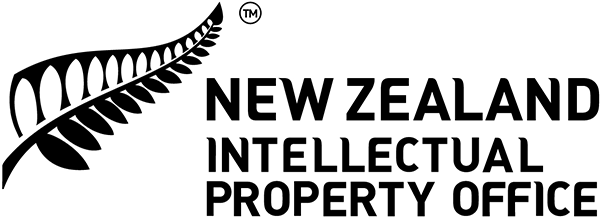In this practice guideline
Relationships between registered GIs and other rights
Before the GI Act came into force, New Zealand did not have a registration system for GIs.
The interface between registered GIs and other rights is prescribed by the Act and by certain amendments to other legislation, such as the Trade Marks Act 2002.
Relationship between registered and unregistered GIs
The Act doesn’t affect unregistered GIs, which are already protected in New Zealand law by virtue of the Fair Trading Act 1986 and the common law tort of passing off.
It’s important to note that the Fair Trading Act 1986 and the tort of passing off still apply to the labelling and marketing of all wines and spirits in New Zealand. Registration of a GI does not entitle a trader to use the GI in a manner that may give rise to deception or confusion under section 9 of the Fair Trading Act 1986.
If a registered GI and an unregistered GI are homonymous (sound the same), the restrictions on use in sections 21 to 24 of the Act don’t apply to use of the unregistered GI in relation to a wine or spirit from the relevant area.
See section 58, section 61 and section 32 of the GI Act.
Relationship between GIs and trade marks
The starting point is that nothing in the Trade Marks Act 2002 affects rights under the GI Act. The rights conferred on a registered trade mark by section 10 of the Trade Marks Act 2002 are subject to any rights arising out of a registered GI. A registered trade mark is not infringed by the use of a registered GI.
The GI Act doesn’t differentiate between certification trade marks, collective trade marks, and other trade marks. It’s likely that some applications to register GIs will relate to signs that are already registered as certification or collective marks, as well as ordinary trade marks.
See section 63 of the GI Act.
No registration of GI that conflicts with earlier trade mark rights
Subject to section 18 of the Act, the Registrar must not register a GI if it’s identical to a registered or unregistered trade mark, and the trade mark rights are in respect of identical goods.
Further, subject to section 18 of the Act, a GI may not be registered if it is:
- identical to a registered or unregistered trade mark for similar goods or services and its use is likely to deceive or confuse
- similar to a registered or unregistered trade mark for identical goods and its use is likely to deceive or confuse
- similar to a registered or unregistered trade mark for similar goods or services and its use is likely to deceive or confuse.
Section 18 of the Act
There are two instances in which the Registrar may register a GI, even if it’s identical or confusingly similar to a trade mark.
The Registrar may register a GI if:
- the owner of the relevant trade mark consents to the registration of the GI
- they consider that the GI may co-exist with the trade mark.
In the event that a GI is permitted to co-exist with an existing trade mark, the restrictions on the use of the GI (e.g. the “85% rule” in relation to wine), don’t apply in respect of the use of the trade mark.
In making this decision, the Registrar must have regard to the following factors:
- the GI’s history of use in good faith in New Zealand
- recognition of the GI in New Zealand as a GI
- the legitimate interests of the owner of the trade mark and of third parties
- any other relevant factors.
See sections 14-18 and section 30 of the GI Act.
Subsequent trade mark applications
A trade mark that contains a registered GI (or a GI that is the subject of a pending application made in good faith) may be registered, but only if it relates to a wine or spirit that originates from the relevant geographical area.
See section 63(4) of the GI Act.
